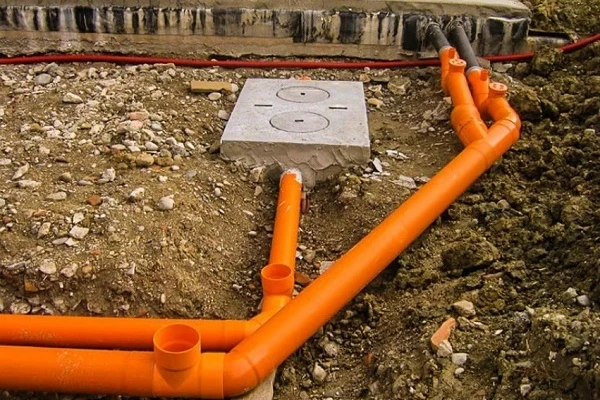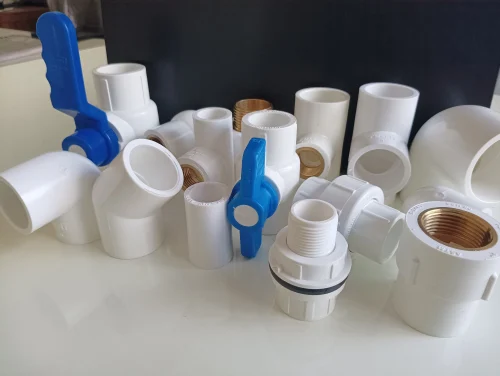Lead-free regulations are a crucial component of modern plumbing standards, aimed at protecting public health by ensuring that drinking water remains free of harmful lead contamination. However, recent concerns have emerged about how easily these rules can be flouted by cheap import companies. This article delves into the challenges of enforcing lead-free regulations, the role of inexpensive imports in bypassing these standards, and the potential impact on public health.

Understanding Lead-Free plumbing Regulations
Lead-free regulations are designed to minimize lead exposure from plumbing systems. According to the Safe Drinking Water Act, any plumbing fixtures that come into contact with drinking water must meet lead-free standards, which typically define “lead-free” as containing less than 0.25% lead by weight. These standards are in place to protect consumers from the harmful effects of lead, which can cause serious health problems, particularly in children.
Historically, lead was commonly used in plumbing due to its malleability and resistance to corrosion. However, its health risks became apparent over time, leading to stricter regulations and a push for safer alternatives.
Challenges in Enforcing Lead-Free plumbing Rules
Enforcing lead-free regulations is not without its challenges. One major issue is the presence of loopholes in the regulatory framework. Some products may be marketed as “lead-free” but do not fully comply with the stringent requirements. Additionally, the enforcement mechanisms in place can be insufficient, with limited resources dedicated to inspecting and verifying compliance.
Role of Cheap Import Companies
Cheap import companies often exploit these regulatory gaps. Many of these companies import plumbing products from regions with less stringent standards or where enforcement is lax. They may use substandard materials or mislabel products to appear compliant with lead-free regulations. Common practices include:
- Using Low-Quality Materials: Some importers use materials with higher lead content than allowed, while passing them off as compliant.
- Misleading Labeling: Products may be labeled as “lead-free” without proper certification, misleading consumers and inspectors.
- Inconsistent Testing: Imported products might not undergo rigorous testing or certification processes required in more regulated markets.
Impact on Public Health
The use of non-compliant plumbing products can have serious consequences for public health. Lead exposure is known to cause a range of health issues, including developmental delays in children, cognitive impairment, and various other health problems. Reports of lead contamination in drinking water systems linked to these substandard products highlight the risks posed by cheap imports.
Plumbers’ Concerns and Observations
Plumbers have raised significant concerns about the prevalence of non-compliant products. They report encountering plumbing fixtures that do not meet lead-free standards, leading to potential health risks for their clients. Examples include:
- Unusual Discoloration: Fixtures that show signs of corrosion or unusual discoloration may indicate higher lead content.
- Customer Complaints: Some plumbers have received complaints from homeowners about discolored or foul-tasting water, which can be a sign of lead contamination.
Regulatory Response and Improvements
In response to these concerns, regulatory bodies have been working to tighten enforcement and update standards. Recent efforts include:
- Stricter Testing Requirements: Increased testing and certification requirements for plumbing products to ensure compliance.
- Enhanced Inspection Processes: More rigorous inspection procedures and increased penalties for non-compliance.
- Public Awareness Campaigns: Initiatives to educate consumers about lead-free standards and how to verify product compliance.

What Homeowners Should Do
Homeowners can take several steps to ensure they are using compliant plumbing products:
- Verify Certifications: Look for certifications from recognized bodies such as the NSF International or the Water Quality Association.
- Choose Reputable Suppliers: Purchase plumbing fixtures from well-known and reputable plumbing fitting suppliers who adhere to lead-free standards.
- Regular Testing: Periodically test your water supply for lead to ensure that your plumbing system remains safe.
Looking ahead, it is anticipated that regulations will continue to evolve to address these challenges. Innovations in plumbing technology and materials may also contribute to better compliance and safety. Ongoing improvements in regulatory frameworks and enforcement practices are expected to enhance protection for consumers.
Conclusion
By understanding the challenges and staying informed, consumers and regulators can work together to ensure safe and effective plumbing solutions.
Plumbing FAQs
- What are the risks of using non-compliant plumbing products? Non-compliant products can lead to lead contamination in drinking water, posing serious health risks such as developmental issues in children and cognitive impairment.
- How can I verify if my plumbing fixtures are lead-free? Check for certifications from recognized testing organizations and purchase fixtures from reputable suppliers who adhere to lead-free standards.
- What actions can I take if I find lead in my water supply? Contact a certified plumber to assess your plumbing system and consider installing lead-reducing filters or replacing non-compliant fixtures.
- Are there certifications for lead-free plumbing products? Yes, certifications from organizations like NSF International or the Water Quality Association ensure that plumbing products meet lead-free standards.
- How can regulatory bodies improve enforcement? Increased testing, more rigorous inspections, and stricter penalties for non-compliance can help improve enforcement and ensure safer plumbing products.